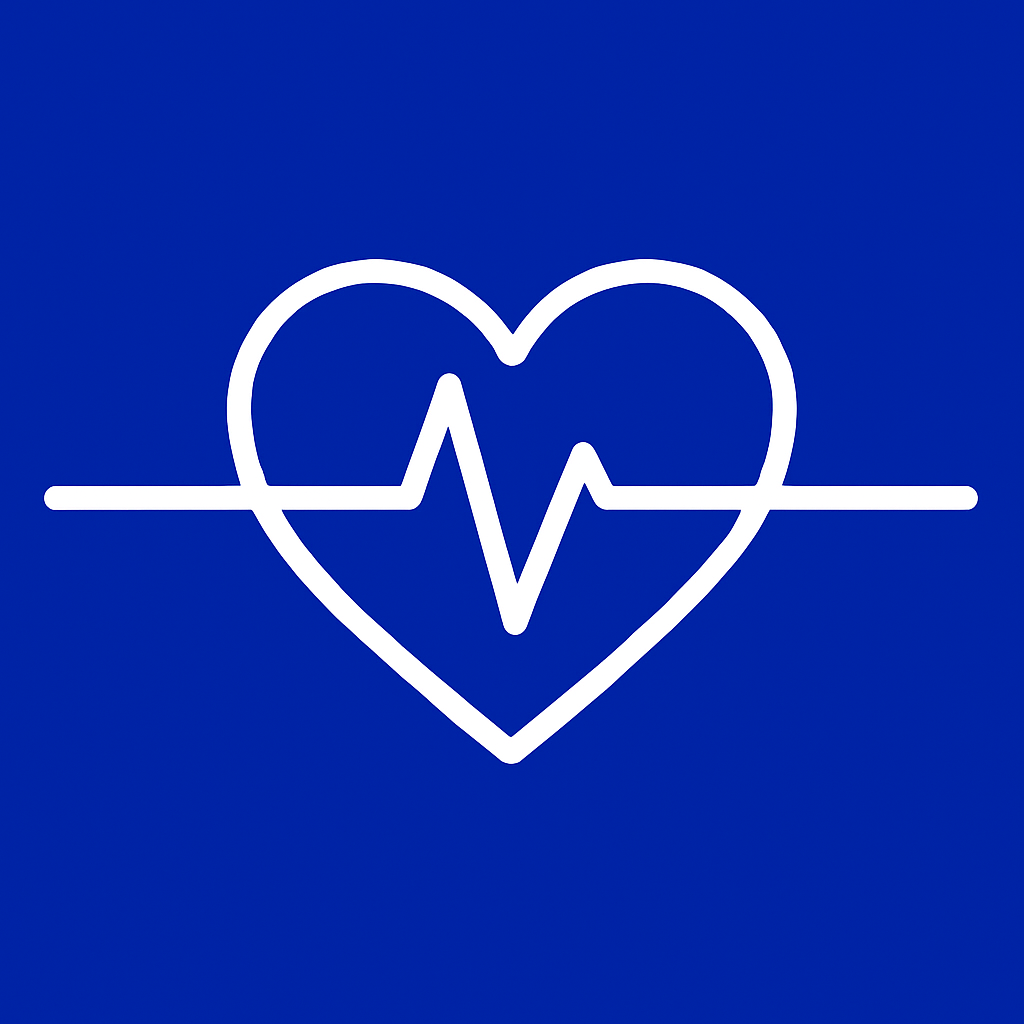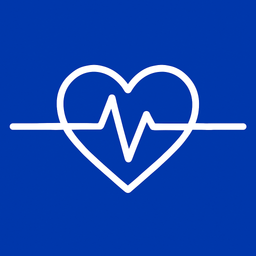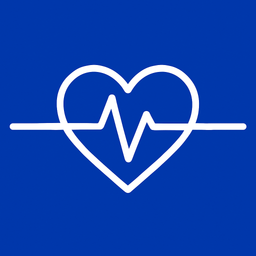Europe not on track to meet four of five AMR targets
New data from the ECDC shows the threat of antimicrobial resistance, known as ‘the silent killer’, continues to rise across the EU

To mark European Antibiotic Awareness Day, the European Centre for Disease Prevention and Control (ECDC) has published its latest data on antimicrobial resistance (AMR) revealing what they describe as a “stark reality”.
Health Commissioner Oliver Várhelyi says that AMR endangers the foundation of modern medicine: “It risks taking us back to a time when common infections, minor injuries, childbirth, or routine surgeries could once again become life-threatening.”
The EU estimates that AMR incurs an annual cost of €11.7 billion across European countries, due to prolonged illness, reduced productivity, and increased healthcare costs.
The commissioner highlighted the work of the ECDC and the €50 million allocated to support member states in strengthening infection prevention and control, the recent €75 million invested in the One Health AMR research partnership, and the current General Pharmaceutical Regulation, which is examining how the EU can invest more in the antimicrobials of the future.
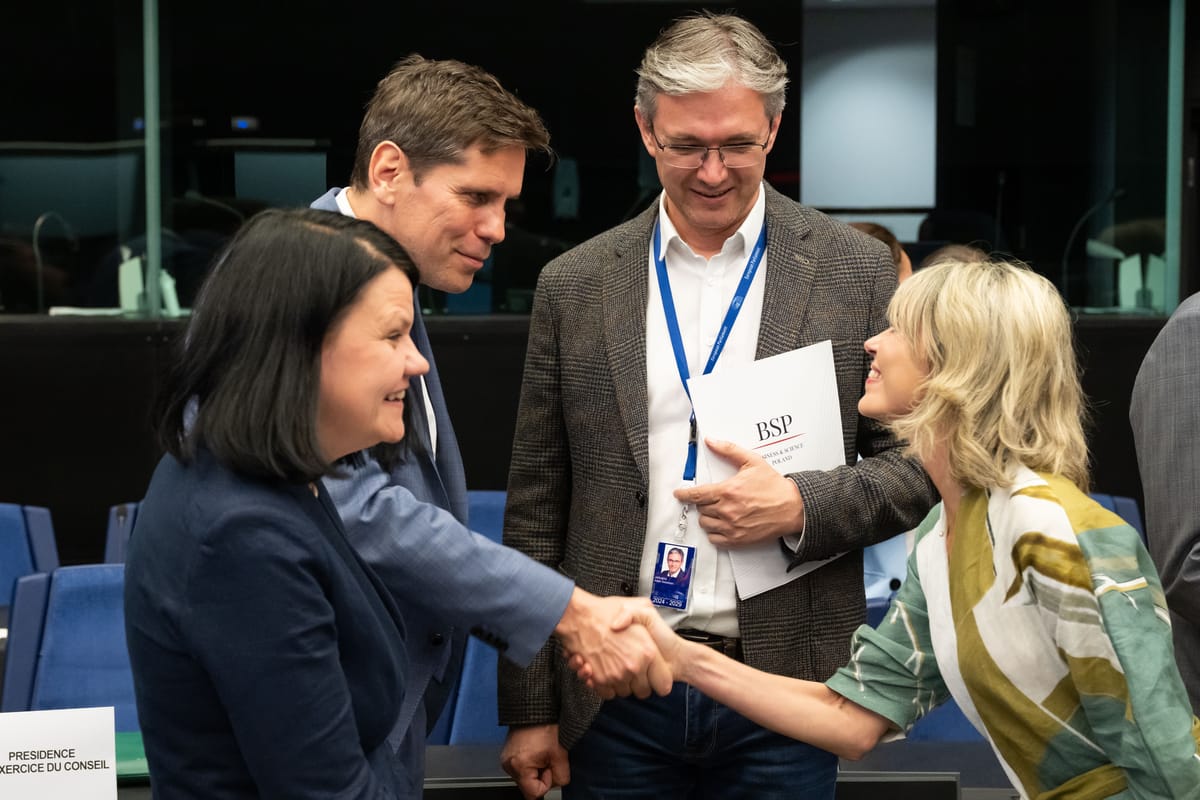
The ECDC currently estimates that more than 35,000 deaths a year are a result of AMR infections.
“Behind every statistic is a person whose treatment options are running out – a child, a parent, a grandparent. Antimicrobial resistance is not just a medical issue – it’s a societal one,” said Head of the Antimicrobial Resistance and Healthcare-Associated Infections at ECDC, Dr Diamantis Plachouras. “We must ensure that no one in Europe is left without an effective treatment option.”
Figures going in the wrong direction
The EU and wider EEA (Iceland, Liechtenstein, Norway) aren’t just missing targets; some are going in the wrong direction. The estimated incidence of bloodstream infections caused by carbapenem-resistant K. pneumoniae has increased by more than 60%, despite a target of 5% reduction by 2030. Likewise, infections caused by third-generation cephalosporin-resistant E. coli have risen by more than 5%, despite a target of 10% reduction.
Antibiotic consumption also increased in 2024, despite a 20% reduction target. Meanwhile, the proportion of first-line antibiotics used has remained stagnant at 60%, with a growing dependence on last-resort antibiotics.
The one bright spot is the reduction in the incidence of bloodstream infections with MRSA (meticillin-resistant Stahpylococcus aureus).
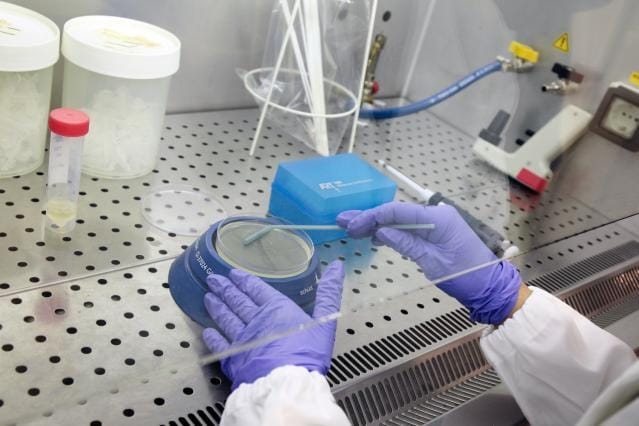
Underlying the rise in resistance is an ageing population more vulnerable to infections, cross-border transmission and continued high use of antibiotics. The antimicrobial pipeline is very weak with very few new approaches to combating the problem. Ministers are currently struggling to come up with ways to incentivise the development of new antimicrobials, but there are no cheap or easy solutions.
ECDC’s ongoing efforts to monitor AMR, strengthen surveillance, and expand genomic detection are helping EU/EEA countries stay ahead of emerging threats and are better able to deal with healthcare-associated infections. Dr Plachouras remains optimistic that Europe can still make real progress: “Together we can build a safer future, where effective treatment remains available for generations to come.”
